One of the first principles I discovered during my years of online learning is that the best way to truly learn something is to teach it. To really grasp a skill or knowledge area, you have to share it. As I embarked on this journey, I found that sharing what I learned with others not only reinforced my own skills but also helped me build a community of like-minded individuals interested in similar topics. Teaching became my ultimate tool for self-learning, making the process both interactive and impactful.
For those of us navigating today’s uncertain job market, the Internet has become the Library of Alexandria, granting us access to an endless stream of information. But without guidance, it’s easy to drown in this ocean of content, overwhelmed by memes, opinions, and misinformation. To navigate these waters, I embraced four pillars: self-learning, self-curating, self-creating, and self-networking.
Internet Self-Learning: Crafting Your Path Through the Noise
Back in 2019, I found myself at a crossroads. I wasn’t sure if I wanted to start my own business or look for a new job. Like many others facing unemployment, I turned to the Internet, consuming content that piqued my interest. As I explored, I discovered people who inspired me, people I trusted, and I followed their digital breadcrumbs. Many of them were offering online courses, and this opened my eyes to a new way of learning—following content creators, thought leaders, and experts whose knowledge I could trust.
For instance, I was interested in workshop facilitation, a skill I wanted to deepen. During the pandemic, online visual collaboration tools like Miro, were booming, and so were virtual HQ platforms like Gather and Kumospace. I followed
Courteney, founder of Aj&Smart, who shared insights on facilitation. As I engaged with his content, I eventually signed up for his masterclass. This journey taught me that finding experts and diving into their world, rather than jumping straight into formalized courses, can establish a stronger foundation of trust and relevance.Instead of opting for structured courses on platforms like Udemy, I learned to identify thought leaders and follow their content. These creators often had their own courses, but because I had already engaged with their ideas, I felt a connection. This approach to learning isn’t widely taught, yet it offers a powerful pathway to knowledge through authentic discovery.
Another key learning avenue has been joining online communities. For example, when I wanted to learn no-code, I found creators on YouTube and LinkedIn who shared valuable content on the topic. Many of them had built no-code communities, which I joined. In these spaces, peer-to-peer learning thrived; whenever I faced a challenge, dozens of members would chime in to help. I initially joined the Slack community of Contournement, which grew from 500 to over 15,000 members and eventually became an association : Nocode France.
The same goes for other fields. For community building, I joined
’s community. To keep up with trends, I subscribed to Dru Riley’s community and media platform. These online communities, rich in shared knowledge and ongoing support, have become part of my own “Internet University.” Through them, I’ve learned not only where to find information but also which tools to use to stay current.In an Internet-driven world where information constantly evolves, static courses quickly become outdated. Without a community of practice to sustain the learning process, you’re unlikely to gain practical, lasting knowledge. And for me, this continual self-learning journey has been invaluable, shaping skills that have grown with each interaction and connection online.
Internet Self-Curating: Separating the Signal from the Noise
Learning in the digital age isn’t just about absorbing information; it’s also about curating it. With so much available at our fingertips, the real skill lies in knowing where to look and what to discard. This became the second crucial step in my journey: self-curating. The Internet can be a tremendous asset, but it can also become a formidable distraction if not approached with a discerning eye.
Through trial and error, I developed a personal curation system, using tools and systems to organize my sources. I built a toolkit that filtered out the noise and focused on the topics that mattered to my goals. My digital environment transformed from a chaotic sea of information into a carefully tended library, full of resources that I could access as needed.
Self-curating isn’t merely about gathering information; it’s about engaging with content, questioning it, and understanding its relevance. It requires cultivating an instinct for what matters, developing a framework that supports long-term learning, and learning when to go deep or just skim. In this digital age, discernment is the skill that separates those who are overwhelmed by information from those who are empowered by it.
Last but not least, curation only has value if it’s shared. Otherwise, you risk falling into the trap of endlessly documenting, storing, and archiving information that no one will ever revisit. The myth of “building a knowledge base” often ends up just serving the dust and cobwebs. If your curated content is sitting in a folder somewhere, it’s doing nothing for you—or anyone else. Sharing is what gives it power, relevance, and purpose.
To showcase the power of curation, here are four examples from my own journey, demonstrating how I leveraged curation to grow my audience and establish myself in the tech space:
1. Curating Tech & Business Webinars: At the start of the pandemic, I curated all the French-language Tech, Education, and Business webinars I could find—mostly from LinkedIn. I created a “daily TV schedule” that I shared on LinkedIn and in a newsletter. This effort helped me build an audience that followed my selections, becoming the foundation for my online presence.
2. Curating Tech Shows : today, I curate all the top tech videos of the moment under TechFlix. It’s a go-to selection of the most relevant content on current trends, helping people discover what to watch without getting lost in the endless stream of videos. This has continued to position me as a trusted source for those wanting to stay up to date.
3. Curating Trending Tech Concepts: I’ve also curated the latest trending tech concepts in a project called Hash Tech. By gathering insights on new ideas and innovations, I provide others with a big-picture view of the tech ecosystem. This curation allows me to stay visible while offering value by organizing the information that many are seeking to understand.
4. Curating Emerging Technologies for Creators: Additionally, I curate new technologies that enhance content creation under Tech Creators. I compile the best innovations for creators and regularly ask tech experts to share their own curated sources. This collaborative approach adds extra value for my audience.
There are countless ways to use curation to your advantage, no matter your field or personal journey. Whether you’re sharing videos, concepts, or tools, curation helps you stand out, navigate the noise, and establish yourself as a reliable source in your industry.
If you want to learn how to better curate :
follow
and drop an eye on his newsletter
Becoming Your Own Media: Internet Self-Creating
In 2019, when I lost my job, a friend of mine had just launched his own podcast. He asked me, “Why don’t you try it too?” That sparked something. I felt inspired, so I started my own podcast called Stackast, which has since evolved into Tech Sources for the french version and Tech Curators for the english one. I began by reaching out to tech influencers, asking about the sources and tools they used. It was like curating in audio form—a deep dive into how others were navigating the tech world.
Shortly after, in the thick of the pandemic, people had this intense desire to connect. No one wanted to be stuck at home, isolated. There was a huge shift toward community building, so I leaned into that and launched a second podcast focused on it, called Airparty. What started as a podcast about tools and strategies for launching online communities has since grown into the main media platform on Substack.
Here’s the thing: back in 2019, there wasn’t some university for content creation. I read articles, listened to “how-to” podcasts, joined online communities for podcasters, and even bought a few online courses from creators like Pat Flynn. But beyond passively consuming this information, I actually launched my own shows. They weren’t perfect, and I learned fast that the best way to learn isn’t by endlessly studying—it’s by doing. You can read all you want, but until you hit “record” and start, you’ll never really know.
This hands-on learning curve taught me a lot. It showed me the value of recording a backlog of episodes, of making mistakes, and of figuring things out as I went. There’s no “Podcast University,” no step-by-step guide. But you don’t have to wait for that. Use the Internet, forge your own path, and build your own school of experience. When you’re creating content, you’re building a personal archive of knowledge.
Self-creating—doing it yourself—has been the backbone of my last four years, and honestly, it’s the biggest professional asset I’ve gained. It’s a huge edge, especially if you’re facing unemployment, struggling to find clients, or just feeling lost. Not creating content today is like ignoring an entire world that surrounds us.
Creating allows you to exist in this world. It’s saying, “I belong here.” So don’t just consume; contribute. Build something. Make your mark in this online universe. That’s how you create a voice, a presence, and a lasting impact.
Building Connections on Your Own Terms: Internet Self-Networking
When you’re unemployed during a pandemic, working on a business from your basement office, the isolation can hit hard. I was alone, surrounded by four walls, but thanks to the Internet, I was actually speaking to people all over the world. With a massive attention shift online, everyone was looking to reconnect, craving that sense of community. Tools like Lunchclub, Slack communities, and Discord exploded in popularity. But here’s where networking online differs from the real world: it’s often asynchronous and content-driven.
You don’t reach out for coffee on the Internet like you would in person. Instead, you invite someone to be a guest on your platform. When I launched my podcast, I quickly discovered that a media platform is one of the most powerful networking tools out there. By inviting people onto my show, I could connect with individuals who would have otherwise never given me the time of day. It’s also an incredible CV enhancer. If you’re looking to get hired, hosting a podcast can showcase your knowledge, reach, and engagement skills in a way a traditional résumé never could.
Networking on the Internet is a skill that’s rarely taught. People overlook the nuances of drawing attention in the online world. For example, the simplest way to connect with someone who has a blog or is active on social media is to consistently engage with their content. Comment, like, and support their work. When they launch a new project, be the first to show up. Visibility builds connections, and that’s how I’ve managed to engage with well-known figures I’d otherwise never meet.
There’s a whole art to networking through content. The Internet is primarily a content-driven world, and by mastering its dynamics, I’ve developed strong relationships with people I’ve yet to meet face-to-face. I’ve spent three and a half years speaking with people from around the world, many of whom I’ve never physically encountered, yet these connections have become some of the strongest in my network.
Of course, there are risks. Online communities are full of unknowns. Just because you’re chatting with someone in a forum doesn’t mean you know them. Even as an adult, you have to be cautious. Not everyone is who they seem. Networking isn’t just about making connections; it’s about connecting the right people, much like seating arrangements at a wedding. Smart handpicking matters. Blindly introducing people doesn’t build value—it dilutes it.
These are skills that aren’t learned overnight. It’s a game of trial and error, and it can be costly if done wrong. But if you can figure out the rules, go for it with boldness, and truly understand the dynamics, you can build strong, meaningful connections with people everywhere. Self-networking has been transformative for me. Over these past few years, I’ve realized that in the world of Internet networking, you’re not just connected; you’re globally plugged into a powerful network of relationships that can span the globe.
Navigating the Labyrinth: Truth, Misinformation, and the Skills for Tomorrow’s Democracy
Here’s no established playbook for navigating self-learning, self-curating, self-creating, and self-networking. There’s no “Internet school” to teach these soft skills. I had to learn them on my own, and yes, I lost time, I lost money, and I made mistakes. There’s no standardized way to learn to be internet self-made—you’re on your own to figure it out, and it can be a rough road. While some people have paved the way, sharing their best practices or updating lists of resources, much of the learning remains fragmented.
But these skills are crucial not only for young people but for adults of all ages. In an age where information spreads instantly and often without verification, having the ability to self-curate, to discern fact from fiction, and to cross-reference information is essential for a functioning democracy. Particularly in this era of elections, as in the United States, the ability to independently form opinions and develop convictions relies on this foundational skill set. Without a firm grasp on how to consume information thoughtfully, individuals become more susceptible to influence, losing their autonomy in opinion formation.
In a world where deepfakes and fake news are rapidly becoming part of our daily reality, the ability to distinguish truth from deception is essential. As technology makes it easier to create convincing falsehoods, it’s no longer just about consuming information but critically evaluating it. This will soon be a constant exercise for our children, who will have to learn these skills or risk being misled. The practice of discerning fact from fiction is no longer optional; it’s a skill that needs to be cultivated as much as reading or arithmetic, impacting not just individuals but the very fabric of our democracies.
Building these internet soft skills, then, is more than a means of personal growth—it’s a form of societal resilience. By teaching these competencies from a young age and continuing to cultivate them throughout adulthood, we’re not just enriching individuals; we’re strengthening our democracies. When citizens can confidently navigate information, filter through noise, and independently verify sources, they’re less likely to fall prey to misinformation and manipulation.
Our educational systems need to reflect this shift. Just as civics is fundamental, so too should “Internet Culture” be, equipping people to recognize the internet not just as a tool, but as a complex influence on modern life. If we fail to embrace and integrate these skills into our societies, we risk neglecting the reality of our digital world and misunderstanding the revolution taking place. This digital world isn’t just about technology; it’s about the capacity to create, to connect meaningfully, and to make informed choices. Embracing this self-made journey online is more than just survival—it’s a chance to use the internet as a platform for empowerment, growth, and, ultimately, a stronger democracy.





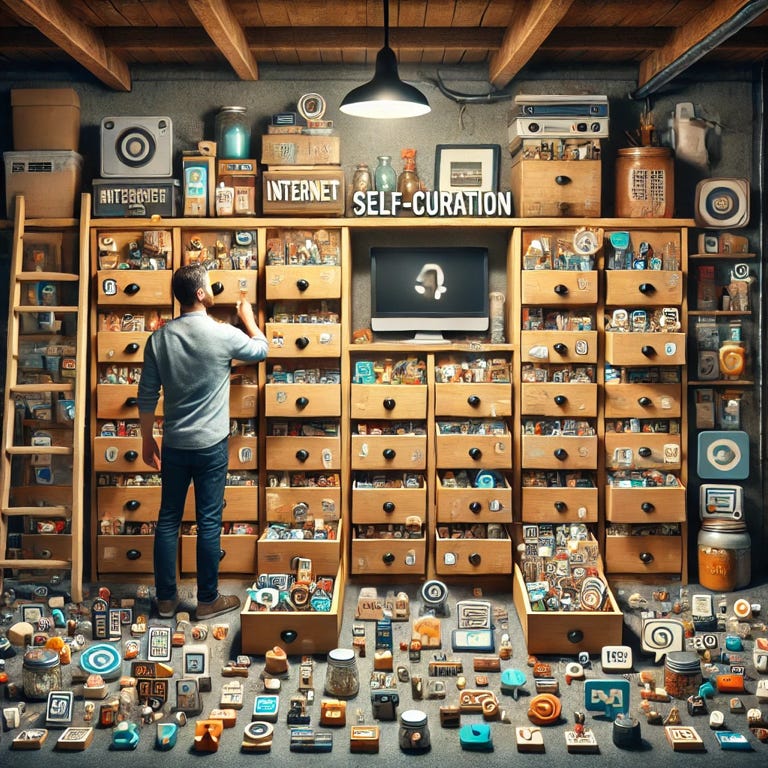

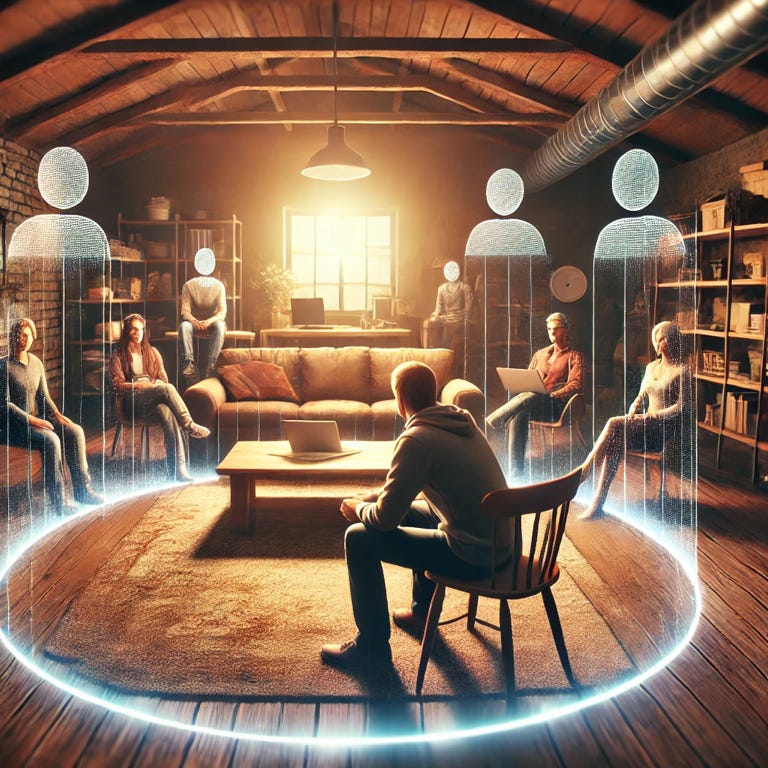
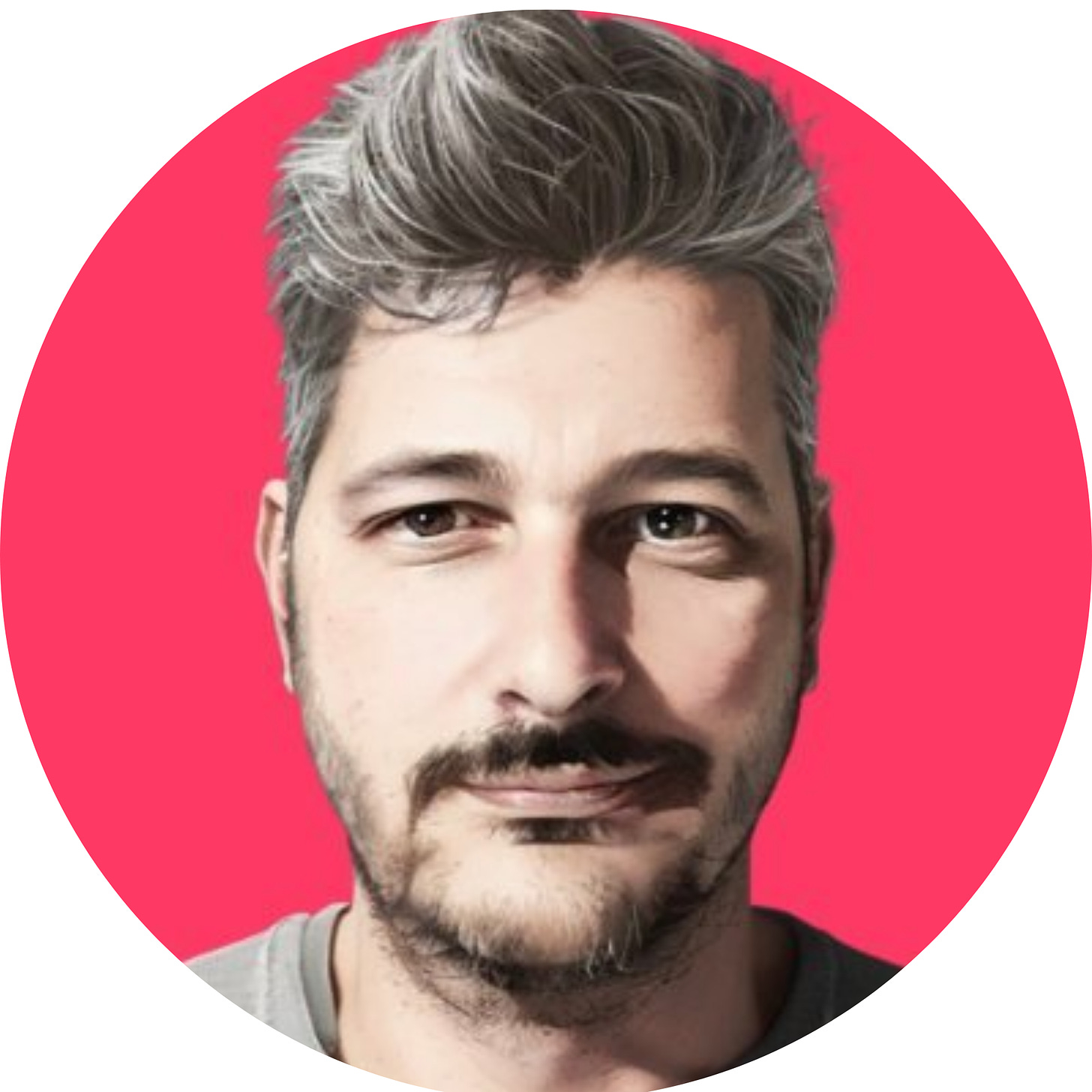
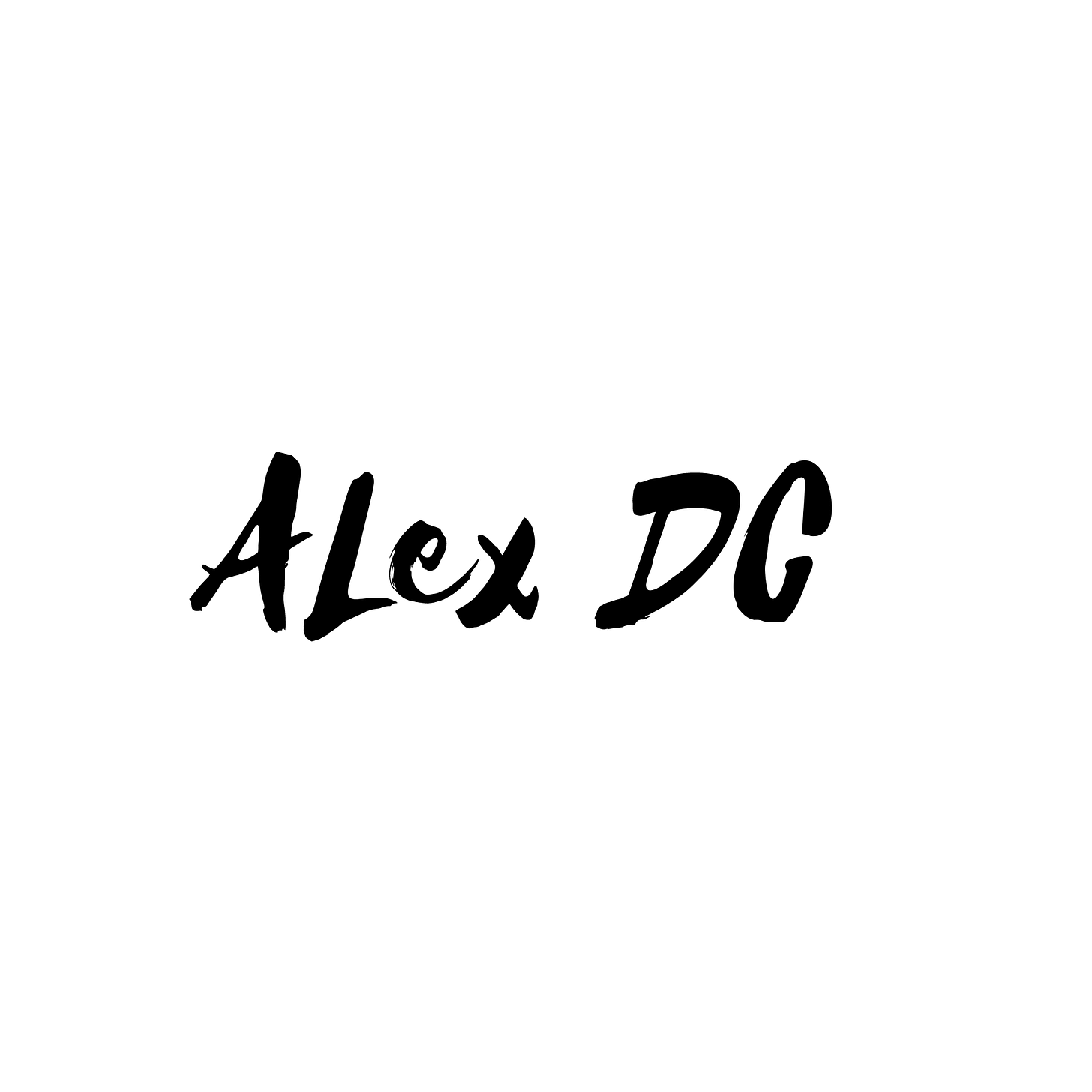

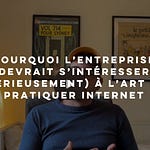

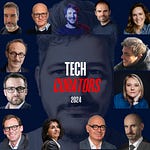
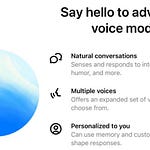



Partagez ce post